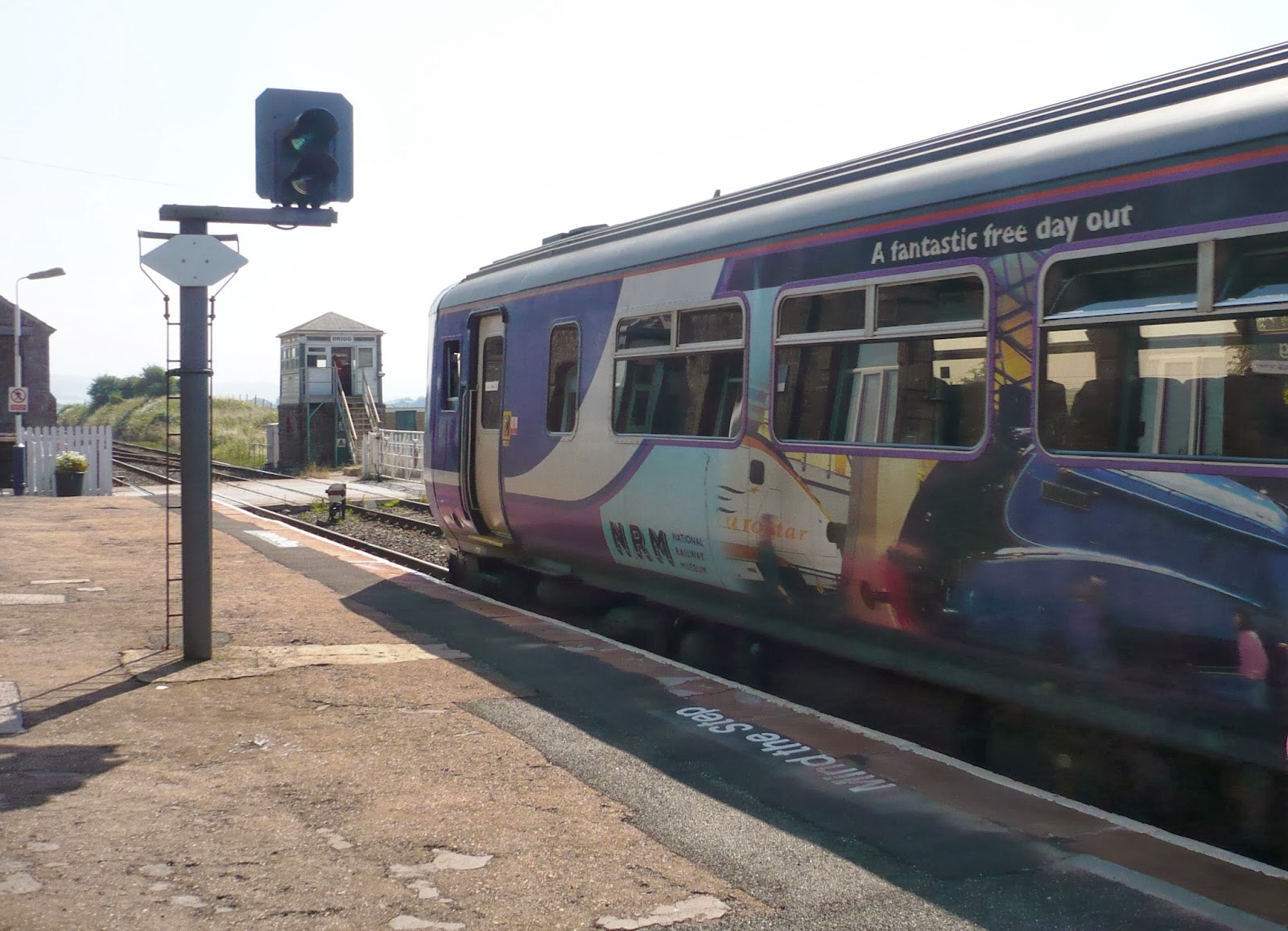The Westinghouse |Electrical and Manufacturing crew in South Philadelphia assemble in the rig that would later attach to the 200" mirror of the Palomar telescope. Construction sites of companies all over the USA in the 1930s were all making different parts for the telescope. Our story starts in 1928 when George Ellery Hale got a large Rockefeller grant to build an observatory and he started his search for an appropriate place to site it, having had to eliminate his original idea of the Los Angeles area due to light pollution. That fact is rather appropriate because I found this photo on the Palomar Skies blog created by the then Public Affairs Coordinator who left Palomar to work for the International Dark Skies Association, he hoped that someone else would continue his Palomar blog. Unfortunately it looks as nobody has but it remains a wonderful resource.
But lets get back to Hale who found his ideal position for the telescope in the early 1930s on the 5,600 feet of Palomar Mountain and proceeded to buy 160 acres from local ranchers and the US Forestry Service. His next next problem was to get a 200" mirror. General Electric failed to make one out of fused quartz so that was $600,000 down the drain. He turned to Corning Glass who decide Pyrex would be less prone to expand and contract than ordinary glass. At the second attempt they are successful.
The project moves on in 1936 with construction of the dome
| (Caltech Astronomy) |
Now finished the mirror has to move from Pasadena to Palomar, enter the Belyea Truck Company, who were famous for driving a ship across a desert and saying there was no cargo they could not move.
In November 1947 the 40 ton cargo rested on 3 diesel tractors pushing it up the mountain. The 25 mile trip is completed in 32 hours and engineers install the mirror but the image is not ideal so another two years are spent polishing and aligning and adjusting. In July 1948, although still not fully operational the telescope is dedicated and named after Hale who had died in 1938 his vision outliving him. The story goes that in the last few days of his life Hale looked up into the sky and said “It is a beautiful day. The sun is shining, and they are working on Palomar.”
| Hale "The Journey to Palomar" University of Chicago |
| Caltech's observatory on Palomar Mountain | Photo: Kevin L. Moore/Flickr/Creative Commons License |






 t
t




























